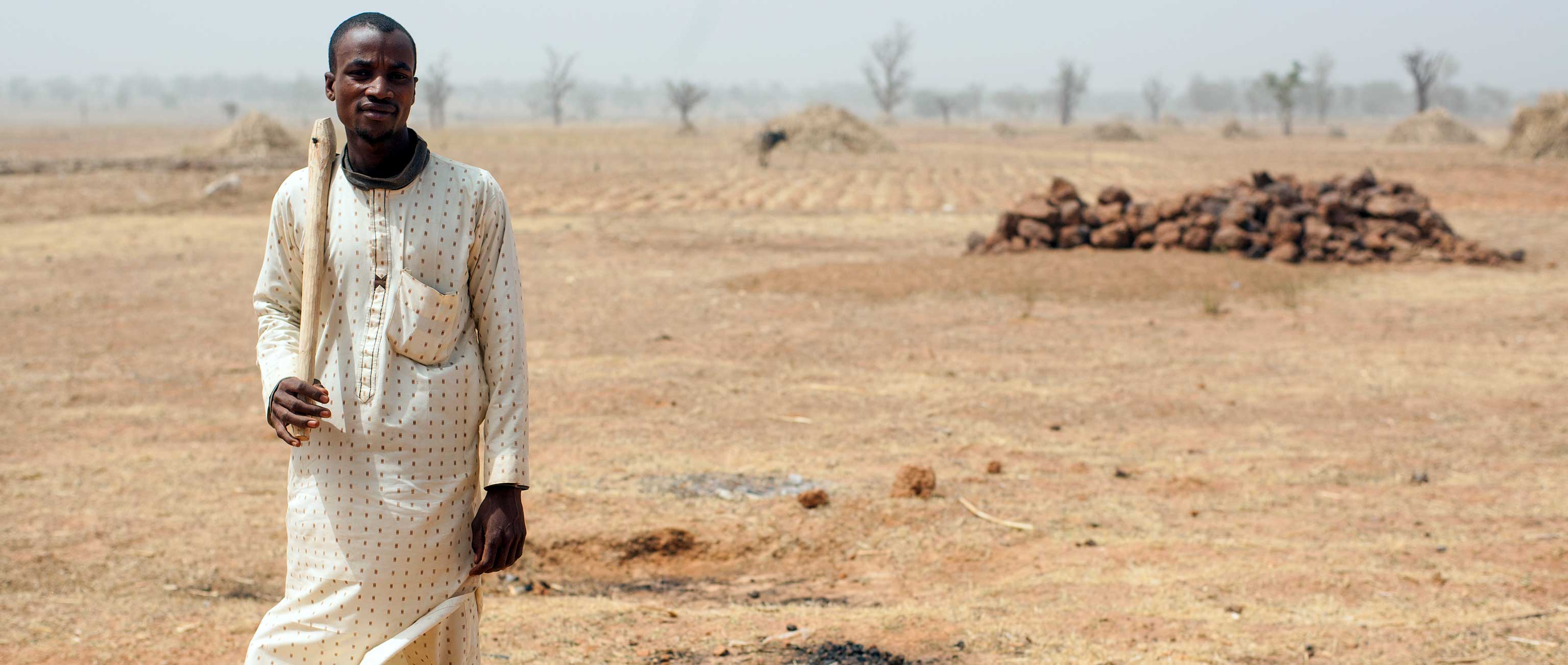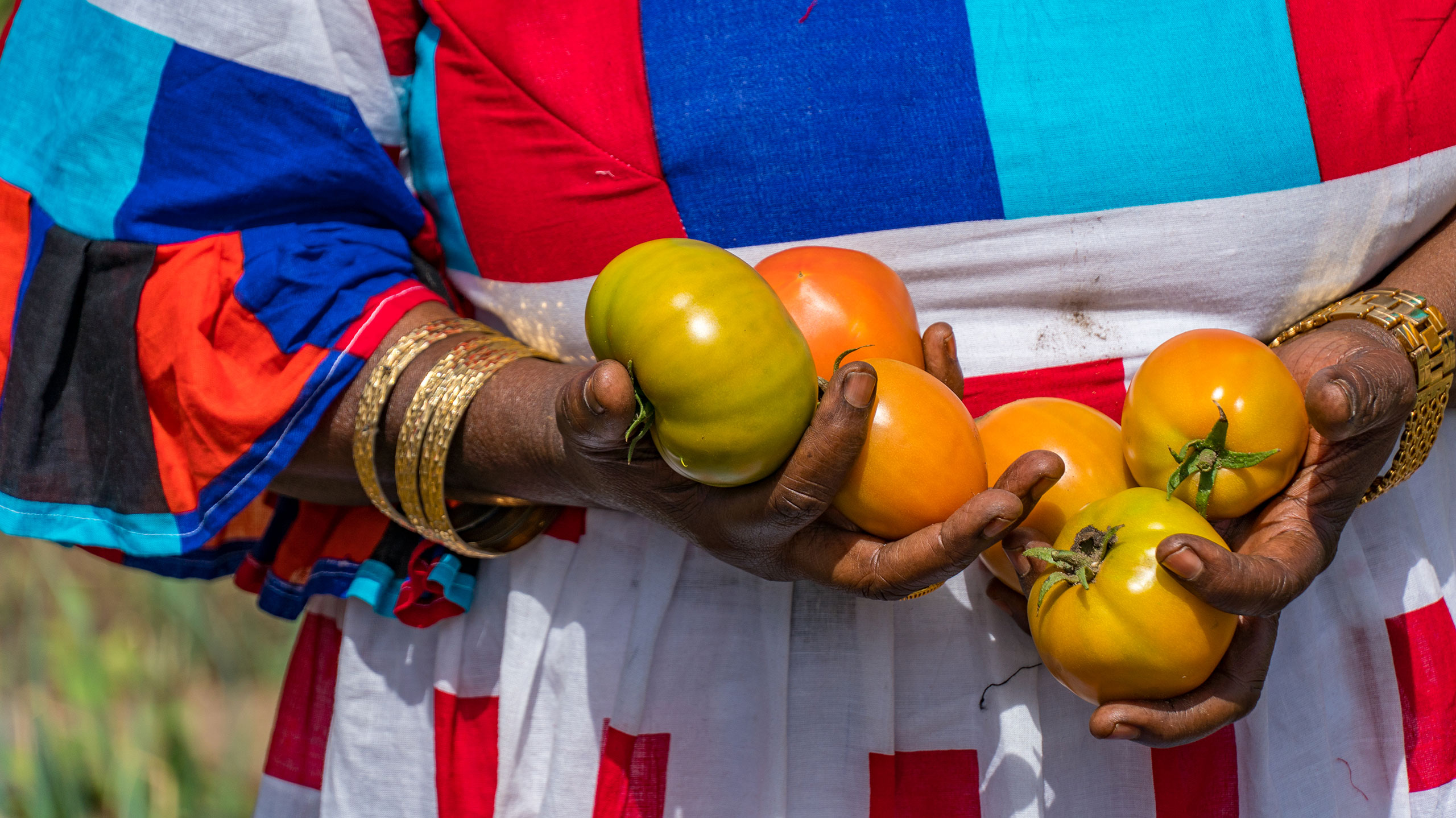Babban Gona Turns Potential Fighters into Productive Farmers
The quiet agricultural revolution that Kola Masha has sparked in north central Nigeria has its roots in the early 20th century fields of South Dakota where his grandfather banded together with neighboring farmers and formed a cooperative. Those farmers saw that together they could be far more profitable, efficient, and resilient than if they continued to eke out a living individually.
They harnessed the economy of scale to lift themselves out of a subsistence level and into prosperity. Masha’s grandfather generated enough disposable income to send Masha’s mother off to college. He understood that education was the key to breaking the cycle of rural poverty.
Fast forward a generation and spin the globe and we find Kola on an Eisenhower Fellowship traveling around the U.S., meeting with dozens of farmer cooperatives led by people like his grandfather. He wanted to uncover what makes co-ops work, and in what conditions they thrive. “I wanted to understand how they evolved from a dozen guys sitting around in a barn in 1910 with my grandfather to these massive cooperatives like Blue Diamond or Sunkist,” says Masha.
He found that three requirements were common to all of them. They needed strong, sustaining grassroots leadership. They needed professional management to deliver services effectively and efficiently. And they needed investment to scale. This was the starting point for what became Babban Gona.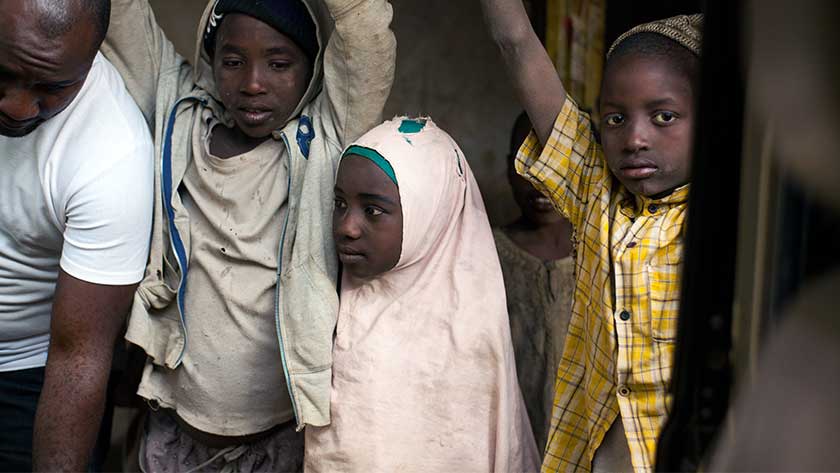
“We call it agricultural franchise,” says Masha. “We franchise a network of grassroots-level farmer cooperatives to support each member to dramatically increase productivity.” The results have been impressive: the average Babban Gona member increases his or her yields by 2.3 times the national average and increases their income 3.5 times. Just 6 years ago, Masha’s pioneering co-op group had just a few more than were gathered in that barn in South Dakota. This season Babban Gona expects to support some 15,000 members.
Stopping Bullets with Jobs
This impressive growth is set against the urgent backdrop of a nation roiled with insurgencies fueled by dangerously high rates of youth unemployment. Some 60 percent of Nigerians live in extreme poverty, and by 2050 Nigeria will be the third most populous nation in the world. If the status quo remains, unemployment in the country is on track to become a crisis of monumental proportions. “But what we’re seeing is that it’s actually getting worse,” says Masha. “And as oxygen is to fires, so is youth unemployment to insurgencies.”
Boko Haram runs the most cost-effective fighting force on the planet. Thousands of young foot soldiers cost them nothing and are easily recruited. The conflict has left some 20 million dead and 7 million on the brink of famine. Nigeria could become a humanitarian crisis that would dwarf the crisis in Syria.
Masha believes that agriculture is the solution. “It is the job creation engine of the region,” he says. “It’s massive, and it has tremendous potential.” Sixty percent of the world’s uncultivated land sits on the African continent, he points out. “Our approach is to leverage market forces and to create agro-entrepreneurs—to find economic opportunity for themselves and for their families.”
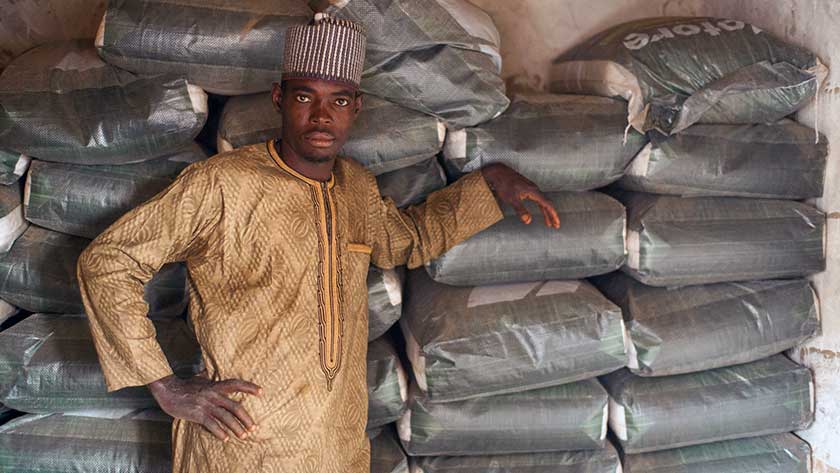
Many young Nigerians look at their parents and grandparents, who have toiled in the fields only to barely scrape by and decide that is no future for them. “It’s not that they don’t want to farm,” says Masha. “They just don’t want to be poor.”
He believes the same thing that lifted his grandfather out of poverty works for Nigerians: economies of scale. “That’s the root cause,” he says. “They don’t have access to the working capital, the credit needed to get the quality and quantity of inputs to increase productivity. Even if they had the money, with broken supply chains, they can’t get quality products at a fair price, and even if they have those products, they struggle to get reliable advice on how to deploy them.”
One Million Farmers by 2025
Babban Gona starts by cultivating that core element of grassroots leadership, the foundation of trust upon which any thriving co-operative depends. Secondly, Babban Gona mobilizes credit, perhaps the most challenging piece of this puzzle. These are borrowers who often have no collateral, no credit history, and no fixed address.
So how does Babban Gona maintain its astounding repayment rate of 99.9 percent? Masha’s team has implemented a handful of mitigating forces, and they’ve created a powerful economic incentive: this system has shown to more than double farmers’ income compared with their peers. Babban Gona has also brokered guarantees with both the banks and local traditional leaders.
They provide the complete support package: from the seeds and agronomy expertise, to harvest support and transport. Babban Gona even provides the bags for the produce and the needle and thread to close them up before shipping off to market. Babban Gona also has warehousing services to ensure that the inventory can be sold when the price is most competitive, and insurance products to mitigate against price fluctuations.
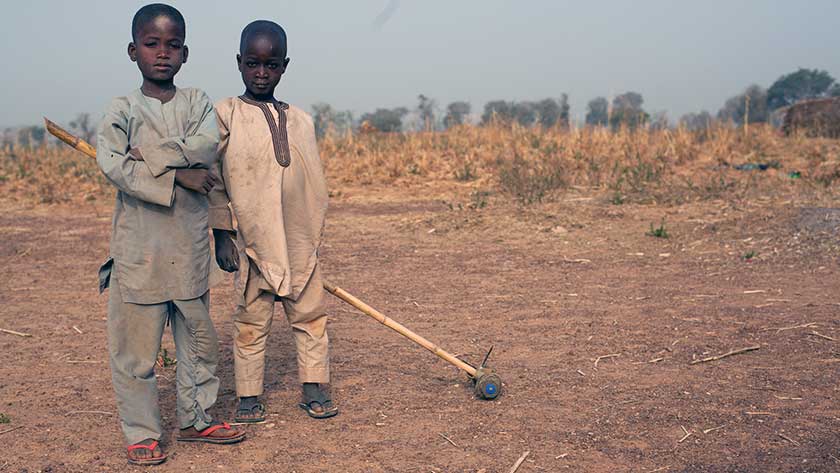
“People say that farmers are a loan risk because they don’t have assets,” says Kola. Perhaps most importantly, Babban Gona treats the crops themselves as collateral. “As long as those crops are doing well, then our investment is safe,” he says. “We watch that crop very closely, especially in the first five weeks.” With a fleet of motorbikes and smartphones with customized agricultural apps, Babban Gona takes great pains to ensure that its fields are productive through bi-weekly site visits. Kola says that this high touch dynamic helps farmers adopt best practices.
Babban Gona continues to develop high tech support products as well. They are developing a system where satellite imagery can determine when the chlorophyll level of a field is low, which trips a warning system in an app that triggers a video that urges the farmer to take corrective steps—a farming tool Masha’s grandfather could never have imagined.
Masha’s wants to reach a million farmers by 2025—to accomplish that, Babban Gona needs to raise $1 billion. “But there’s a perception that lending to smallholder farmers cannot be a viable opportunity,” he says. Babban Gona won’t solve this problem of youth unemployment without bringing in major funding capital, and to do that they need to attract the large commercial players. “We have to make them see the economic opportunity.”
